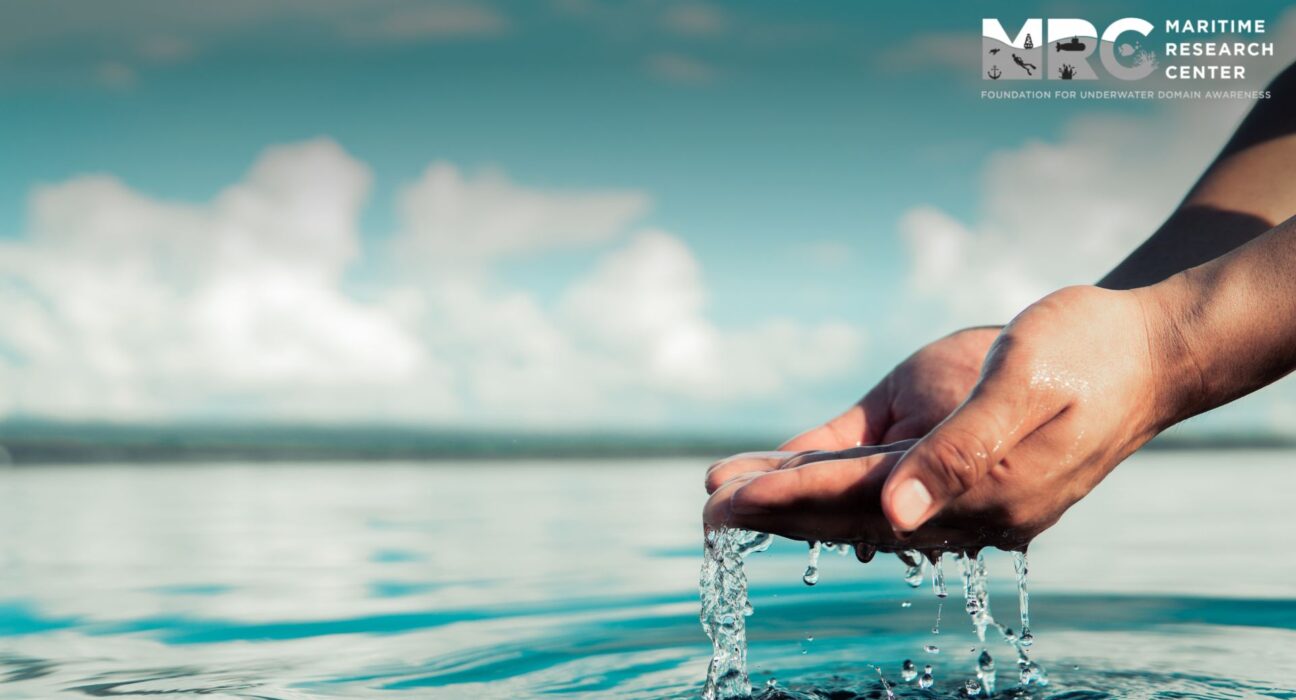- Severe water pollution crisis: India faces significant water pollution issues, with more than 70% of its surface water resources contaminated, leading to approximately 50,000 deaths annually due to waterborne diseases.
- Economic impact: Poor water quality has extensive economic implications, costing India around 6% of its GDP annually due to public health expenses, reduced agricultural productivity, and the increased cost of industrial water treatment.
- Government initiatives: Programs like Namami Gange, AMRUT, and Jal Jeevan Mission have made some progress in improving water quality and infrastructure, but many regions still suffer from significant pollution and water stress.
- Stakeholders involved: Effective water management requires the collaboration of central and state governments, local municipalities, NGOs, the private sector, academic institutions, and local communities to address the multifaceted challenges of water pollution.
- Strategic solutions: Improving water quality in India involves strengthening regulations, promoting sustainable agriculture, enhancing community participation and education, and investing in innovative technologies for water treatment and monitoring.
India faces a severe water pollution crisis exacerbated by rapid population growth and industrialization. Over 70% of the country’s surface water resources are contaminated, causing around 50,000 deaths annually due to waterborne diseases. This issue not only poses significant public health risks but also impacts the economy, costing India approximately 6% of its GDP annually. Addressing this crisis requires a comprehensive understanding of the contributing factors, implications, and strategic measures needed to improve and sustain water quality.
Factors affecting water quality
Water pollution in India is attributed to both natural and anthropogenic factors. Natural factors include geological processes such as the mineral composition of rocks and soil, which can alter the mineral content of water. Weathering and erosion naturally break down rocks, leading to sedimentation in water bodies. Hydrological factors, including flow rate, volume, and seasonal variations such as snowmelt and rainfall, significantly alter water quality. Biological factors, such as microorganisms and vegetation, also impact water quality through metabolic processes and nutrient uptake.
Anthropogenic factors are more significant contributors to water pollution in India. Agricultural activities, including the use of fertilizers and pesticides, result in runoff that introduces nutrients and chemicals into water bodies, causing eutrophication and contamination. Livestock waste also contributes pathogens to water resources. Industrial activities release pollutants like heavy metals and toxic substances into water bodies, while thermal pollution from heated industrial processes alters the temperature of water bodies, impacting aquatic ecosystems. Urbanization contributes to water pollution through stormwater runoff carrying oil, grease, plastics, and other pollutants. Improperly treated sewage introduces pathogens, nutrients, and chemicals into water bodies. Additionally, climate change affects water temperatures, impacting the solubility of oxygen and other chemicals, affecting aquatic life.
Effects of water quality degradation
The effects of water quality degradation are extensive and multifaceted. Environmentally, polluted water bodies lead to the loss of biodiversity and degradation of aquatic life due to toxic substances. Excessive nutrients cause eutrophication, resulting in algal blooms that deplete oxygen and harm marine life. Sedimentation and pollution disrupt natural habitats, while changes in water temperature from thermal pollution affect ecosystem functions. Human health is severely impacted by waterborne diseases such as cholera, typhoid, and diarrhea caused by contaminated water. Chemical contamination from toxic substances like heavy metals poses serious health risks, and nutrient pollution can cause harmful algal blooms, further affecting water safety. Socio-economically, poor water quality leads to economic losses in sectors such as fishing, aquaculture, tourism, and water treatment. Agriculture is affected by contaminated water, which impacts irrigation, crop yields, and livestock health
Applications of water based on its quality
Water quality determines its applications, ranging from high-quality drinking water to utility quality for non-drinking purposes. Drinking water must meet safety standards, be free from harmful pathogens and toxic chemicals, and be suitable for household consumption. Moderate-quality water, suitable for agricultural and industrial use, should be low in salinity and toxic substances, supporting aquaculture, irrigation, and industrial processes. Basic-quality water for recreation and environmental use must be safe for human contact and used in swimming pools, water parks, and lakes. Utility-quality water, suitable for municipal and firefighting use, should be free from contaminants that could damage firefighting equipment.
The National Green Tribunal (NGT) has identified around 351 polluted river stretches across the country. Groundwater, crucial for drinking and irrigation, is also heavily contaminated. A 2022 study by the Indian Institute of Technology, Kanpur found that nearly 60% of groundwater samples across India contained nitrate levels above permissible limits. Additionally, the Union Ministry of Jal Shakti reported in 2023 that 275 out of 650 districts face severe water stress.
Economic implications of water quality degradation
The economic implications of poor water quality are significant. Public health costs due to waterborne diseases burden India’s healthcare system, with fecal coliform levels in many urban rivers exceeding safe limits. Agriculture, which accounts for about 16% of India’s GDP and employs over 50% of the workforce, relies heavily on water.
Excessive use of fertilizers has contaminated 25% of India’s freshwater sources with nitrates and phosphates, leading to soil degradation. Industries, that require large quantities of water for production, face increased water treatment costs and reduced efficiency due to polluted water sources. Water scarcity and pollution affect profitability and sustainability in water-intensive sectors like textiles, chemicals, and pharmaceuticals. Tourism, which significantly contributes to India’s economy, is also impacted by water quality, as polluted rivers and lakes deter tourists and affect local economies. Clean water bodies provide crucial ecosystem services such as fisheries and biodiversity, supporting livelihoods and economic activities in rural areas.
Water quality significantly impacts fisheries and aquaculture. Key water quality parameters include dissolved oxygen, pH levels, nutrient levels, temperature, and contaminants. Dissolved oxygen is essential for the respiration of aquatic organisms, and low levels can lead to hypoxia, resulting in fish kills. pH levels affect the solubility and toxicity of chemicals, with extreme levels being lethal to aquatic species. Excessive nutrients cause harmful algal blooms, depleting oxygen and releasing toxins. Temperature affects metabolic rates and immune responses, with thermal pollution stressing fish and making them susceptible to diseases. Contaminants such as heavy metals and industrial chemicals pose health risks to aquatic life.
Poor water quality degrades natural fish populations, disrupts food webs, and increases disease prevalence. Economic implications include declining fish populations, affecting livelihoods and food security. In aquaculture, poor water quality leads to stunted growth, lower yields, and higher mortality rates, increasing operational costs for maintaining good water quality, which affects profitability.
How to manage the crisis?
Managing water quality requires considering ecological, social, and cultural diversity. Healthy ecosystems with diverse species contribute to natural water purification, while community involvement brings varied knowledge and practices to water management. Understanding community water usage habits helps design tailored interventions. Institutional and policy diversity, involving multi-stakeholder engagement and flexible policy implementation, ensures comprehensive water management.
Integrated Water Resource Management (IWRM) promotes coordinated development and management of water resources to maximize economic and social welfare without compromising ecosystem sustainability. Regulation and enforcement control pollution from industrial and agricultural sources. Technology and innovation in water treatment and pollution control are essential for improving water quality. Methods of freshwater management include IWRM, watershed management, water recycling and reuse, rainwater harvesting, groundwater management, and desalination. These methods aim to sustainably manage water resources, reduce dependence on conventional water sources, and ensure the availability of clean water for all.
In conclusion, water quality in India faces significant challenges due to a combination of natural and human factors. The impacts on public health, agriculture, industry, and biodiversity are profound, necessitating immediate and sustained action. A multifaceted approach, involving improved regulation, technological innovation, community involvement, and integrated management strategies, is essential for ensuring the availability of clean water for all. Addressing this issue is critical for India’s sustainable development, economic stability, and public health.

Anjali Kumari, IIT Kharagpur
About Author
Anjali is a third-year undergraduate in the Department of Chemistry at the Indian Institute of Technology (IIT), Kharagpur, and she has recently finished her stint as a Research Intern at the Maritime Research Centre, Pune.


